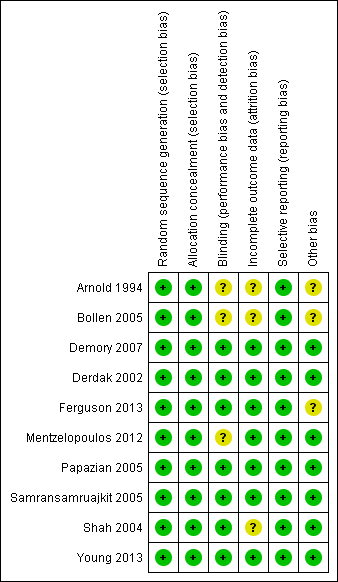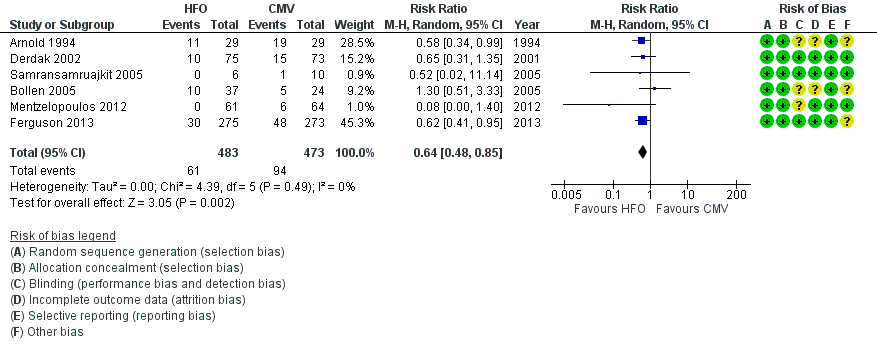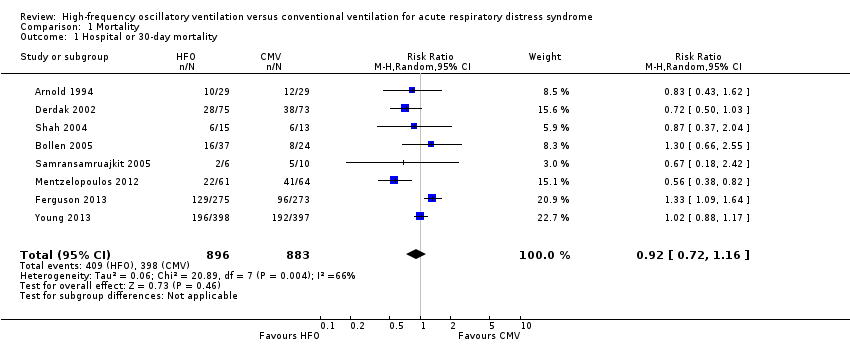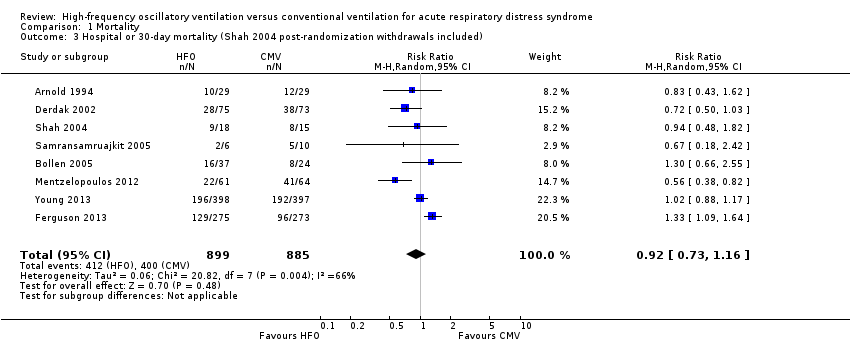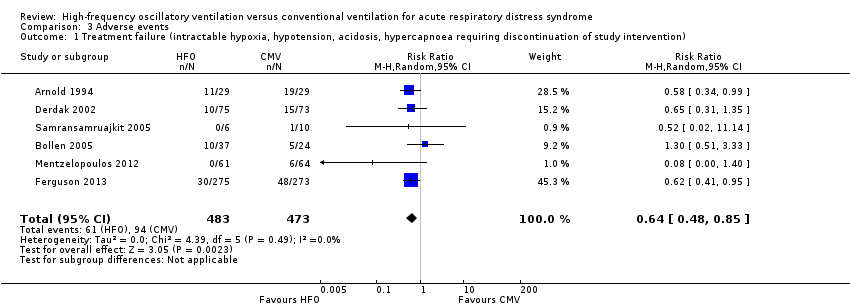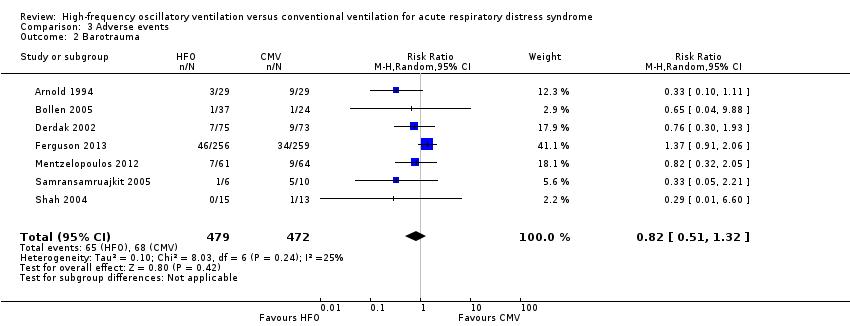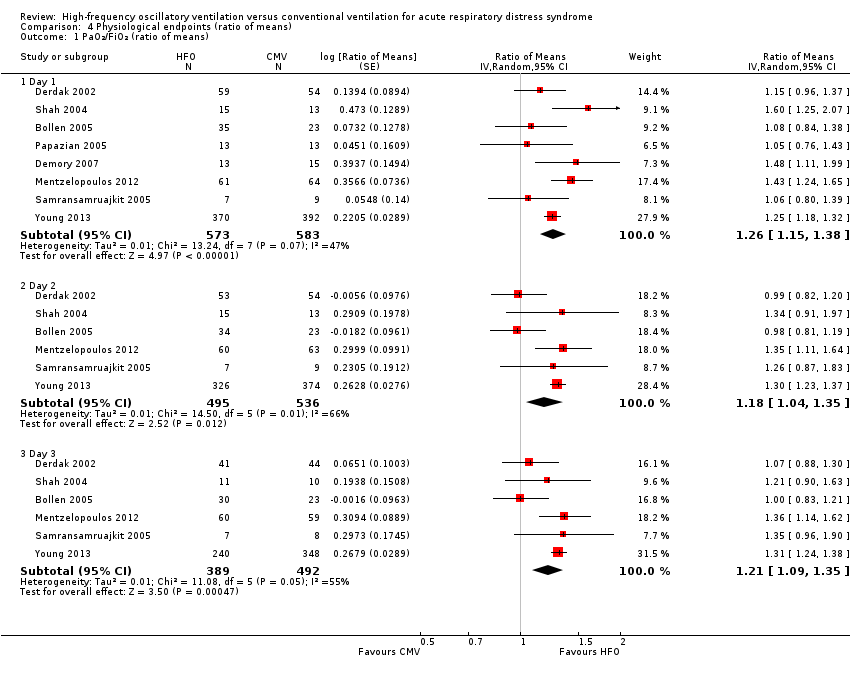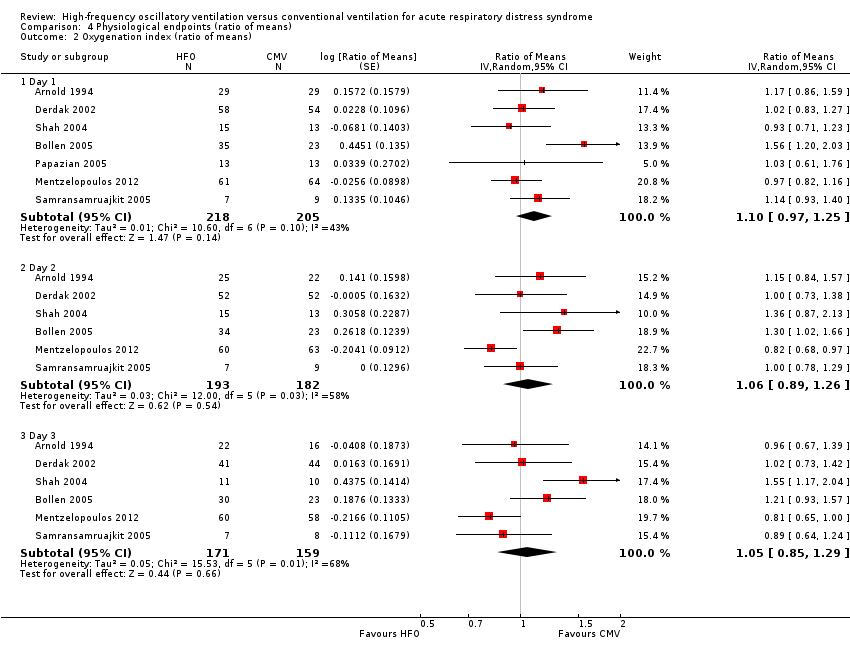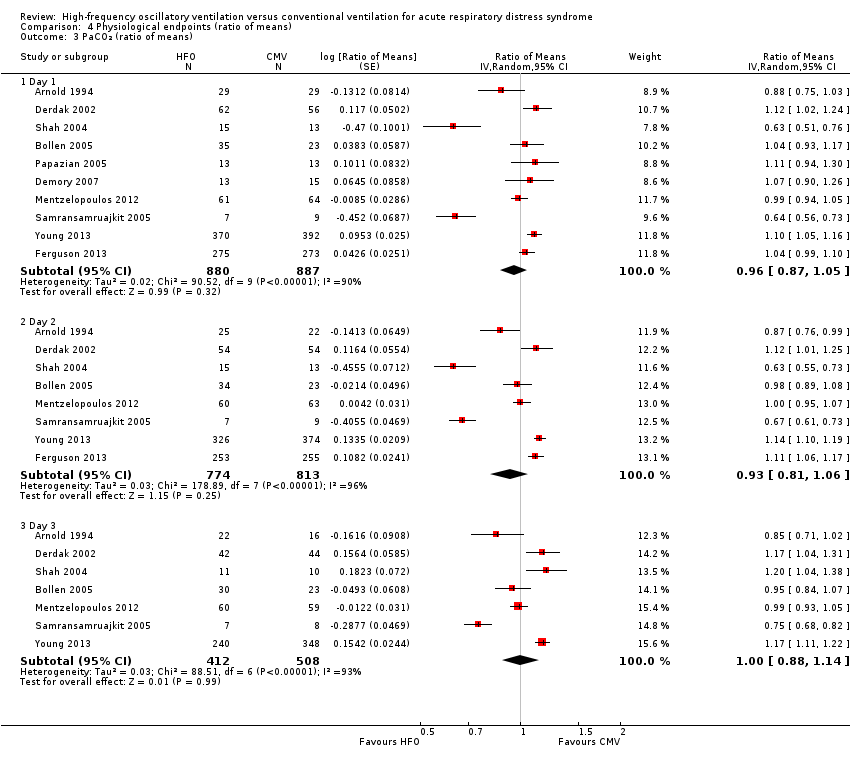Contenido relacionado
Revisiones y protocolos relacionados
Binila Chacko, John V Peter, Prathap Tharyan, George John, Lakshmanan Jeyaseelan | 14 enero 2015
Nicola Petrucci, Carlo De Feo | 28 febrero 2013
Alka Kaushal, Conor G McDonnell, Mark William Davies | 28 febrero 2013
Carol Hodgson, Ewan C Goligher, Meredith E Young, Jennifer L Keating, Anne E Holland, Lorena Romero, Scott J Bradley, David Tuxen | 17 noviembre 2016
Roberto Santa Cruz, Fernando Villarejo, Celica Irrazabal, Agustín Ciapponi | 30 marzo 2021
Imelda M Galvin, Andrew Steel, Ruxandra Pinto, Niall D Ferguson, Mark William Davies | 23 julio 2013
Sharon R Lewis, Michael W Pritchard, Carmel M Thomas, Andrew F Smith | 23 julio 2019
Ahilanandan Dushianthan, Rebecca Cusack, Victoria A Burgess, Michael PW Grocott, Philip C Calder | 24 enero 2019
Roxanna Bloomfield, David W Noble, Alexis Sudlow | 13 noviembre 2015
Andrew F Cumpstey, Alex H Oldman, Andrew F Smith, Daniel Martin, Michael PW Grocott | 1 septiembre 2020
Respuestas clínicas Cochrane
Jane Burch, Dane Gruenebaum | 16 agosto 2016


